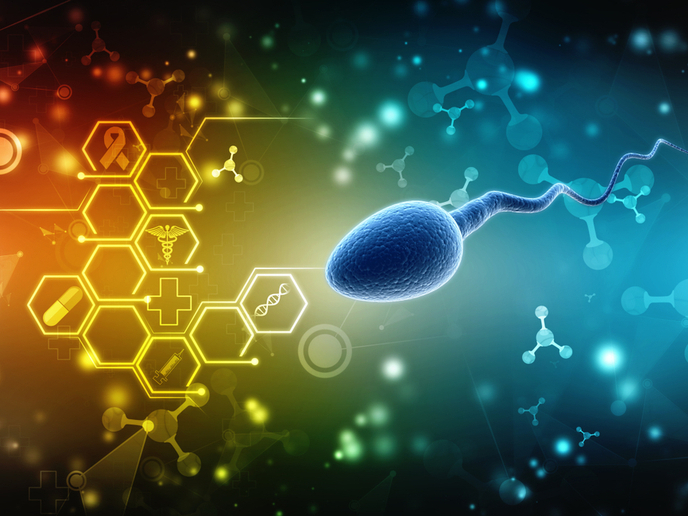Comprehensive models aid in design of safe nanoparticles
The sheer complexity of nanomaterials makes modelling a much faster, less expensive and more accurate option for assessing biological activity and toxicity than testing. Scientists working on the EU-funded project NANOTRANSKINETICS(opens in new window) (Modelling basis and kinetics of nanoparticle interaction with membranes, uptake into cells, and sub-cellular and inter-compartmental transport) developed mathematical models focusing on four key levels of nanoparticle (NP) transport and kinetics within biological systems. The first level is the effect of interactions with biological fluids on NP physicochemical properties. For instance, an NP develops a so-called biomolecular corona after entering biological fluids due to the adhesion of proteins and lipids derived from the biological environment. This biomolecular corona subsequently alters the interaction of NP with cells and tissues. The next level is NP interaction with the extracellular matrix and the membranes surrounding cells, followed by the kinetics of cellular uptake, transport within cells and eventual sub-cellular distribution. Finally, scientists model NP kinetics as they pass through biological barriers such as the blood–brain barrier. Significant progress has been made on model development at all four levels. Many more dedicated experiments involving microscopic data on interaction of NPs with cells in parallel with application of models under development yielded a massive amount of high quality data. Intimate collaboration between researchers and experts in the field was encouraged. The critical factors in the data were identified for input into models and databases. Researchers also validated the models using physico-chemical data via epitope mapping of corona and in vitro liver models to determine interactions with cell receptors. A suite of applications developed by project researchers to predict the formation of NP complexes has been disseminated to EU-funded projects along with essential factors needed to reproduce experimental datasets. The impact of many in-use or close-to-market NPs on human and environmental systems is largely unknown. NANOTRANSKINETICS modelling tools will address the urgency of toxicity evaluations of these materials. Moreover, these tools could help lay the groundwork for both design and regulation of future NPs, the cornerstone of safe use.







